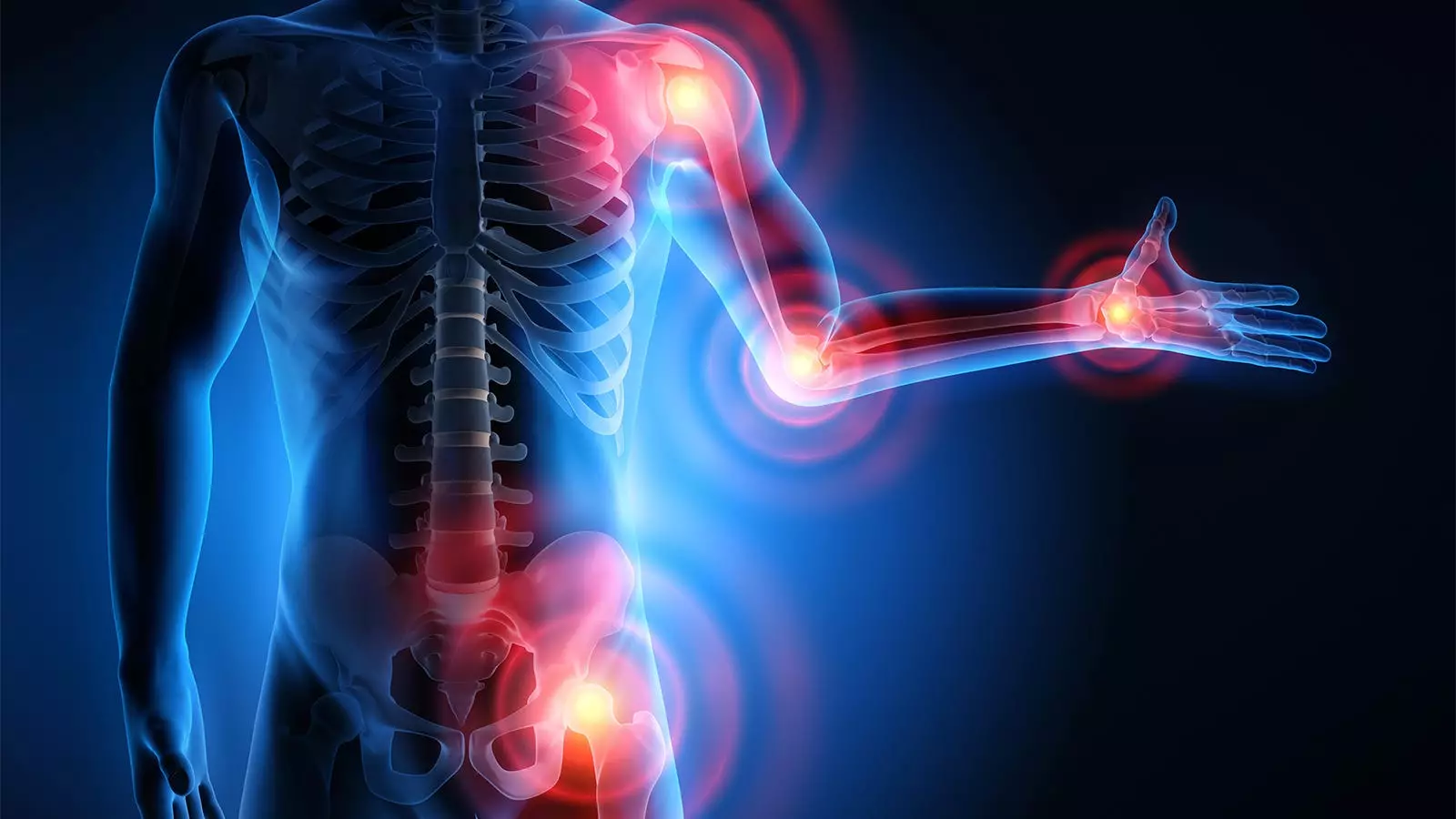Chronic pain, defined as persistent discomfort lasting three months or longer, has increasingly become a significant health concern in the United States. According to the latest survey data released by the Centers for Disease Control and Prevention (CDC), approximately 24.3% of American adults reported experiencing chronic pain in 2023. This statistic underscores a trend that has been brewing for years, with numbers reflecting a surge from previous years, including a figure of 20.9% in 2021. As the population ages and demographic variables shift, understanding the complexities of chronic pain and its impact on individuals is imperative.
The survey revealed notable disparities across different demographics. Women, younger adults, and certain ethnic groups face higher prevalence rates. Statistics indicate that 25.4% of women report chronic pain compared to 23.2% of men, highlighting a gender divide in how pain is experienced or reported. In addition, American Indian and Alaska Native populations exhibit alarmingly high rates—the data indicates that 30.7% of these individuals suffer from chronic pain, with 12.7% experiencing high-impact pain that severely restricts daily activities.
Age is another critical factor contributing to the prevalence of chronic pain. The survey results show a clear correlation between age and the likelihood of experiencing chronic pain: Only 12.3% of adults under 30 reported chronic pain, while this figure skyrocketed to 36.0% for those aged 65 and older. Similarly, high-impact chronic pain ranges from 3.0% among younger adults to a concerning 13.5% in older populations.
Geographic location plays a significant role in chronic pain statistics, revealing stark contrasts between urban and rural settings. The survey identified that chronic pain affected 20.5% of adults residing in large metropolitan areas, while nonmetropolitan areas reported an alarming 31.4%. This discrepancy could be attributed to a multitude of factors, including access to healthcare resources, socioeconomic status, and lifestyle differences that may exist between urban and rural dwellers.
Such data draws attention to the necessity for targeted healthcare solutions that cater to the unique challenges faced by populations in nonmetropolitan areas. The implications of these statistics are profound, as healthcare accessibility can significantly influence pain management strategies and the overall well-being of affected groups.
Chronic pain does not exist in a vacuum; it inflicts far-reaching consequences on both physical and mental health. As noted by researchers, the presence of chronic pain often correlates with reduced quality of life, elevating risks for conditions such as anxiety, depression, and opioid misuse. The distress associated with chronic pain can lead to unmet mental health needs, magnifying the challenges faced by patients.
Furthermore, many individuals seek medical intervention, compounding the strain on healthcare systems that are often ill-equipped to address the complexities of chronic pain management. The survey indicated that chronic pain is among the most common reasons individuals seek medical care—an acknowledgment of the urgent need for comprehensive pain management solutions, alongside mental health support.
The uptick in chronic pain statistics mandates a proactive response from both public health entities and healthcare providers. Addressing chronic pain requires a multi-faceted approach that combines pain management strategies, mental health support, and community education. This is particularly crucial for groups at higher risk, such as older adults and marginalized populations.
Additionally, further research is necessary to explore underlying causes for the observed increase in chronic pain and to analyze potential links to an aging population, socioeconomic factors, and lifestyle changes in modern society. Understanding these elements could inform more effective public health interventions and policy changes aimed at reducing the burden of chronic pain across the nation.
In light of the recent findings regarding chronic pain in the United States, it is evident that this issue cannot be overlooked. With a sizable portion of the adult population suffering from chronic pain, the time to prioritize prevention and management strategies is now. Addressing the disparities and complexities of chronic pain will require collective efforts from communities, healthcare systems, and policymakers to foster a more supportive and informed approach to this pressing public health challenge.

Leave a Reply